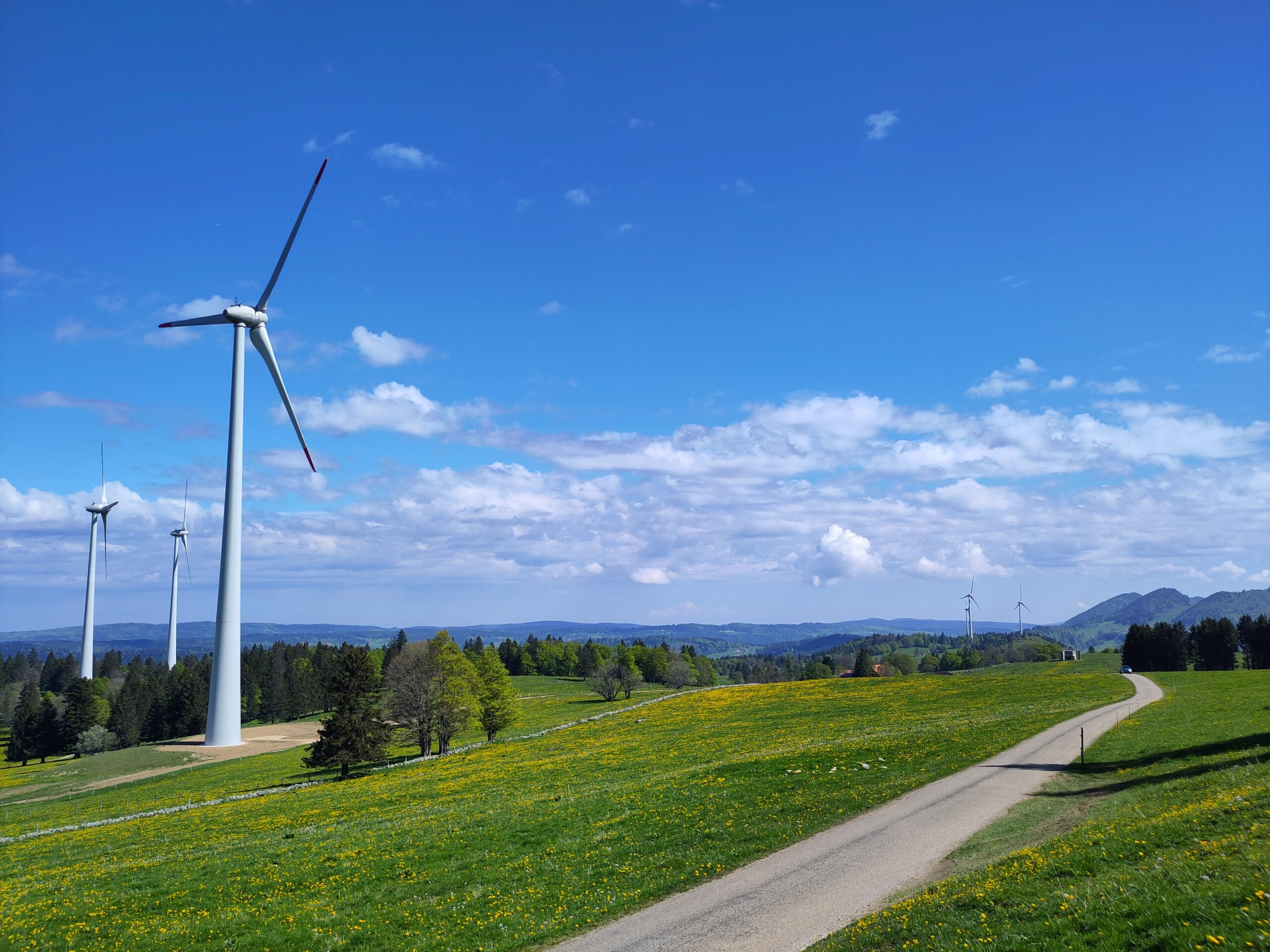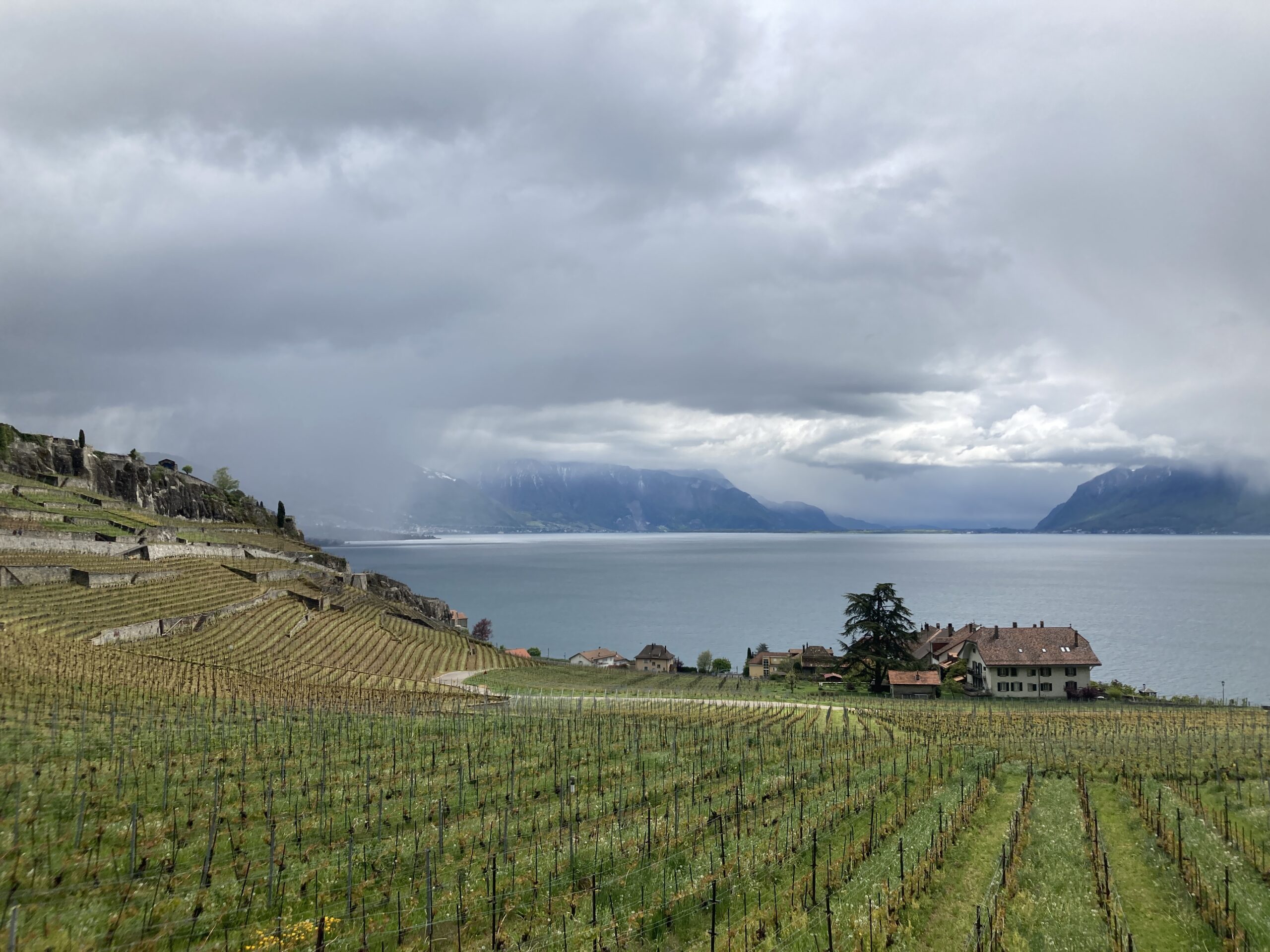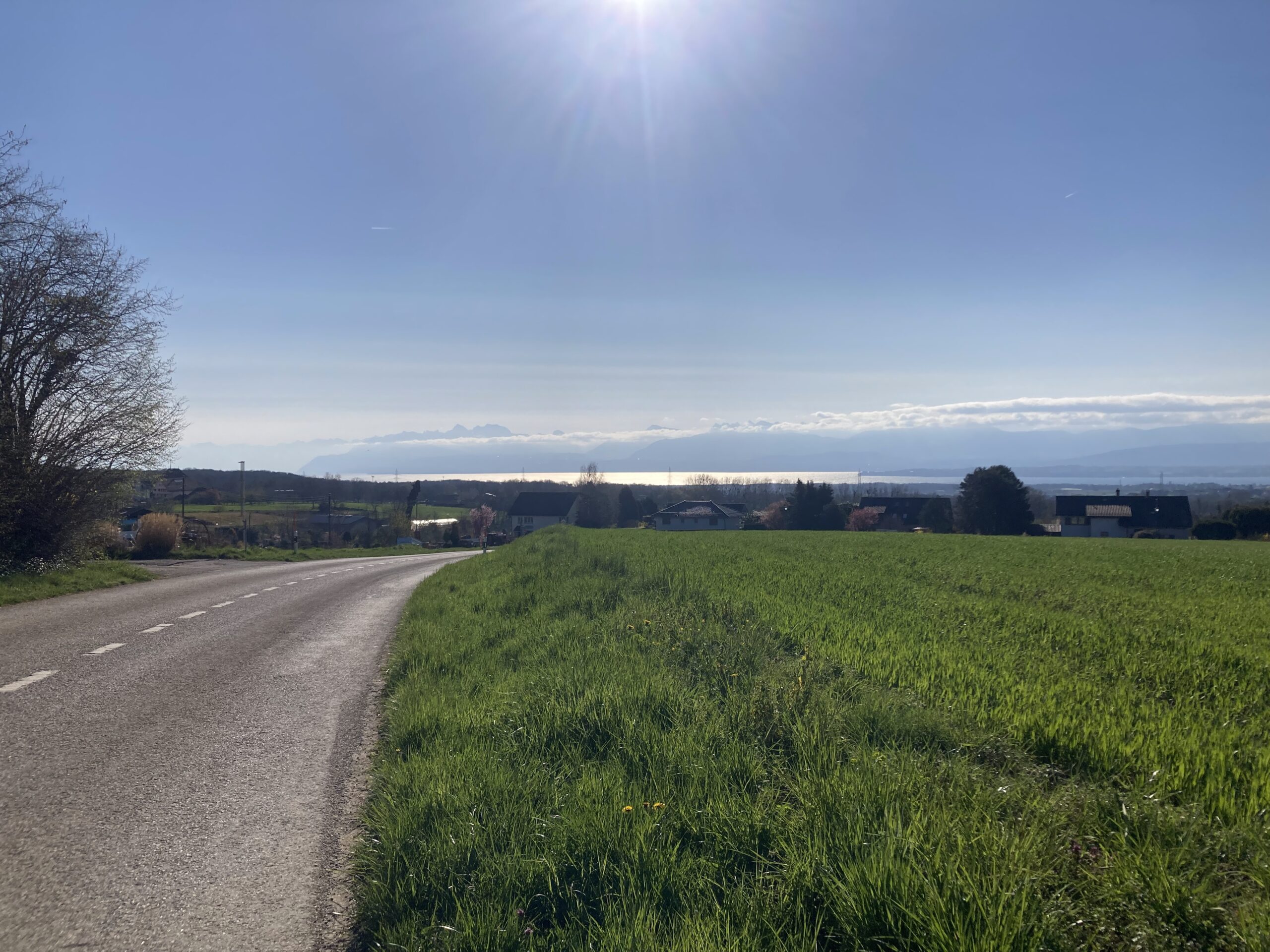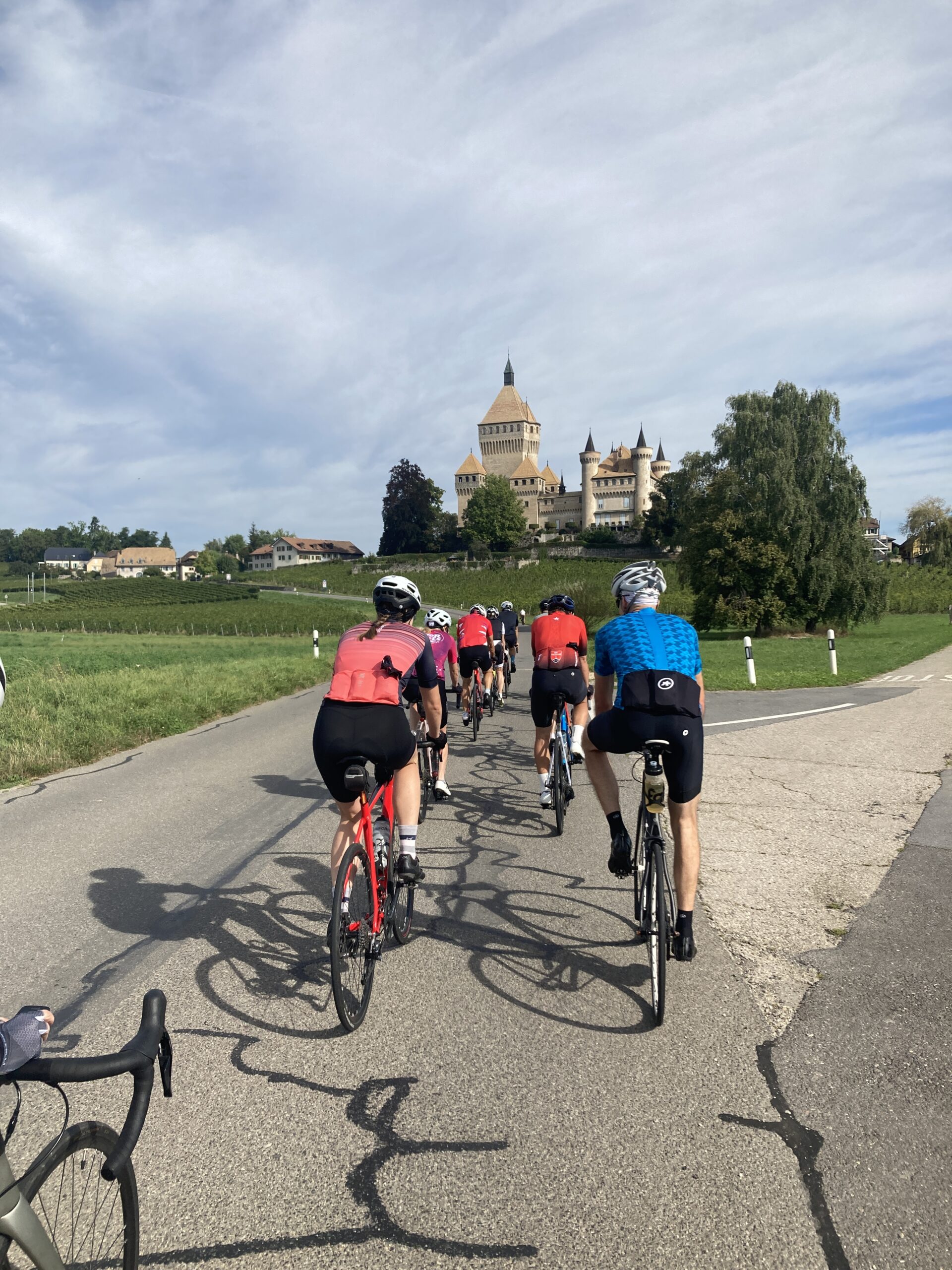Tag: walking
-
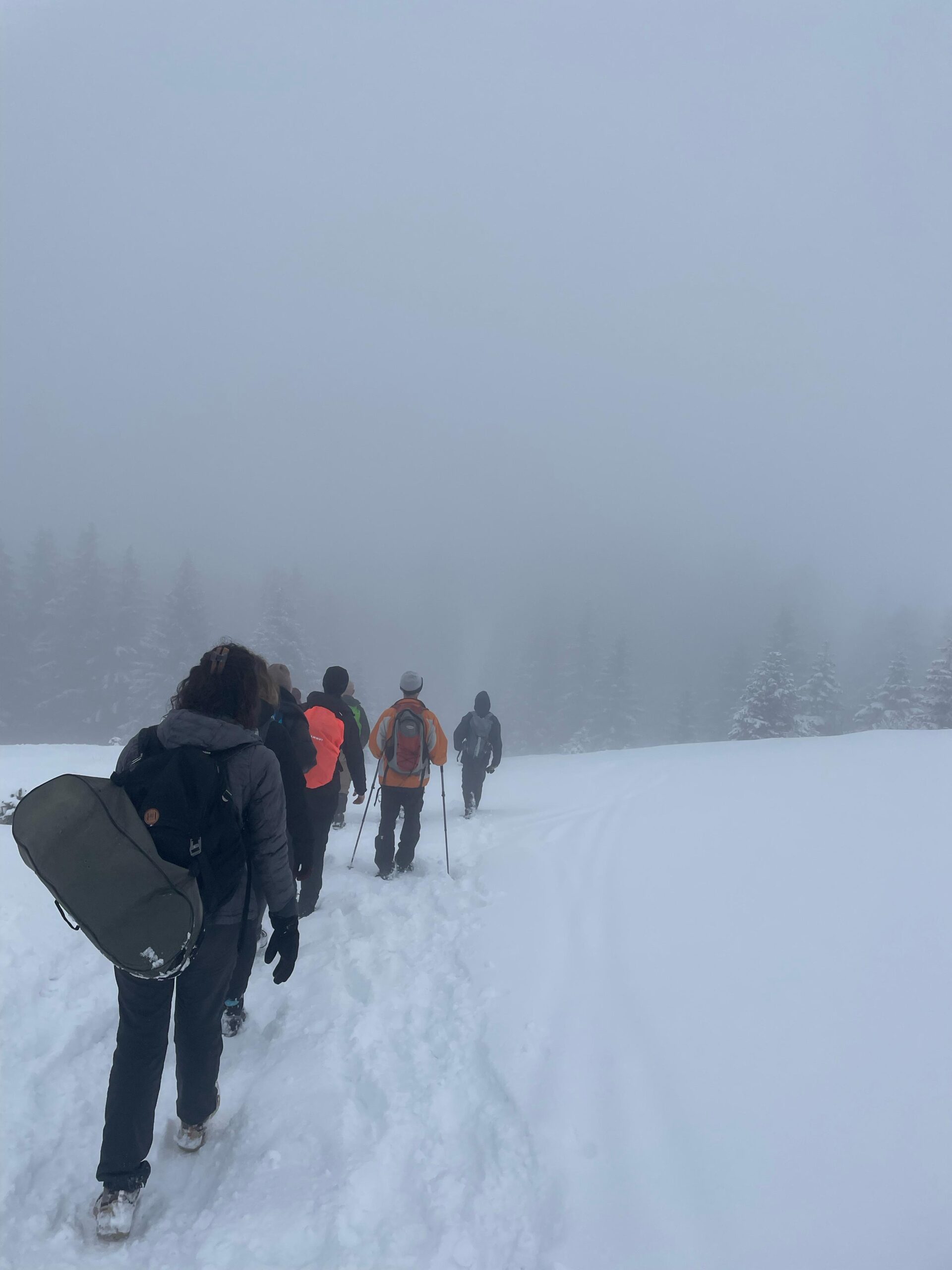
Walking from one Valley to Another
Reading Time: 2 minutesSometimes when we go for a hike we walk along a route that makes getting back to the car quick and easy. For tomorrow’s walking getting back to the car would take three trains and more than an hour. For Londoners this is a familiar routing situation, but for people in Switzerland…
-
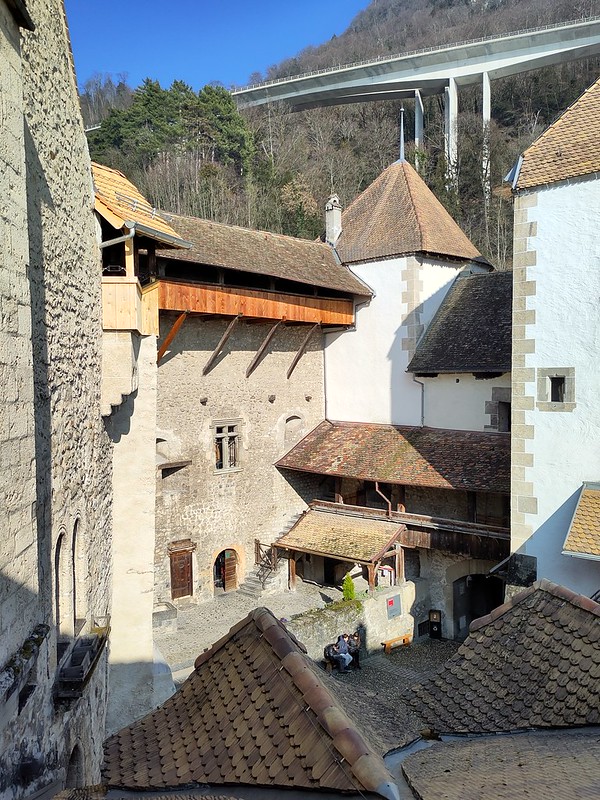
Walking with Others
Reading Time: 2 minutesYesterday I walked from Vevey to villeneuve with a stop in the castle for a visit before taking the train home. In the process we walked about fifteen kilometres along the lake. This was an easy pace for me. It was slow enough for my heart rate to be at seventy eight…
-
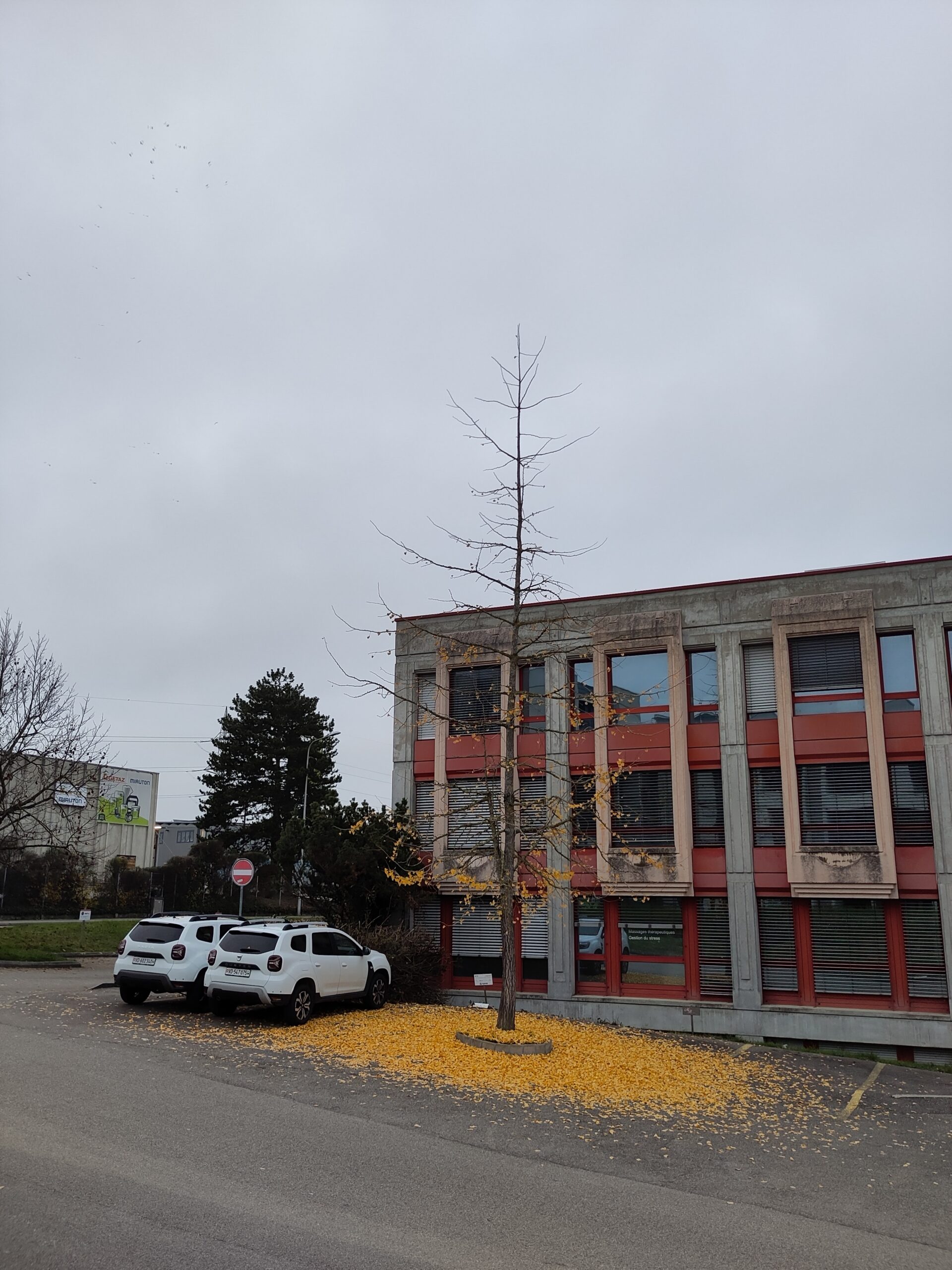
The Kindness of Drivers
Reading Time: 1 minuteRecently I have been walking and running into and out of Nyon and in the process I have had to cross busy roads regularly and what has struck me recently, especially when running is that people stop to let me cross the road, even when they don’t need to. I really appreciate…
-
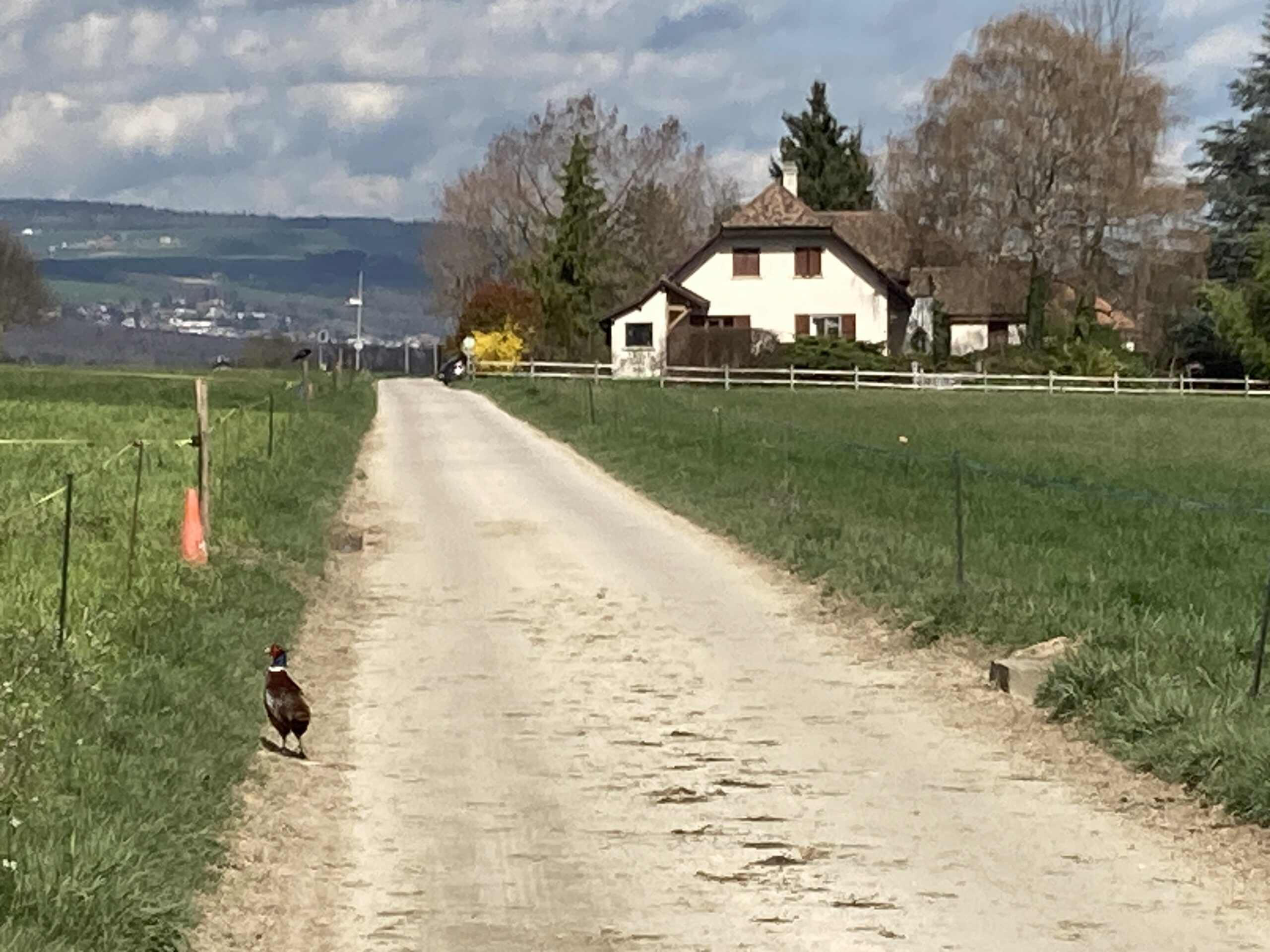
Incline Walking for People in a Flat Country
Reading Time: 2 minutesToday I followed a link where a writer wrote "My every-other-day workout is walking three miles, fast, on a high incline on the treadmill—often times with hand weights too." and I find it amusing. It’s amusing because in Switzerland, and especially in the old town of Geneva, Nyon, Lausanne, Neuchatel, Fribourg and…
-
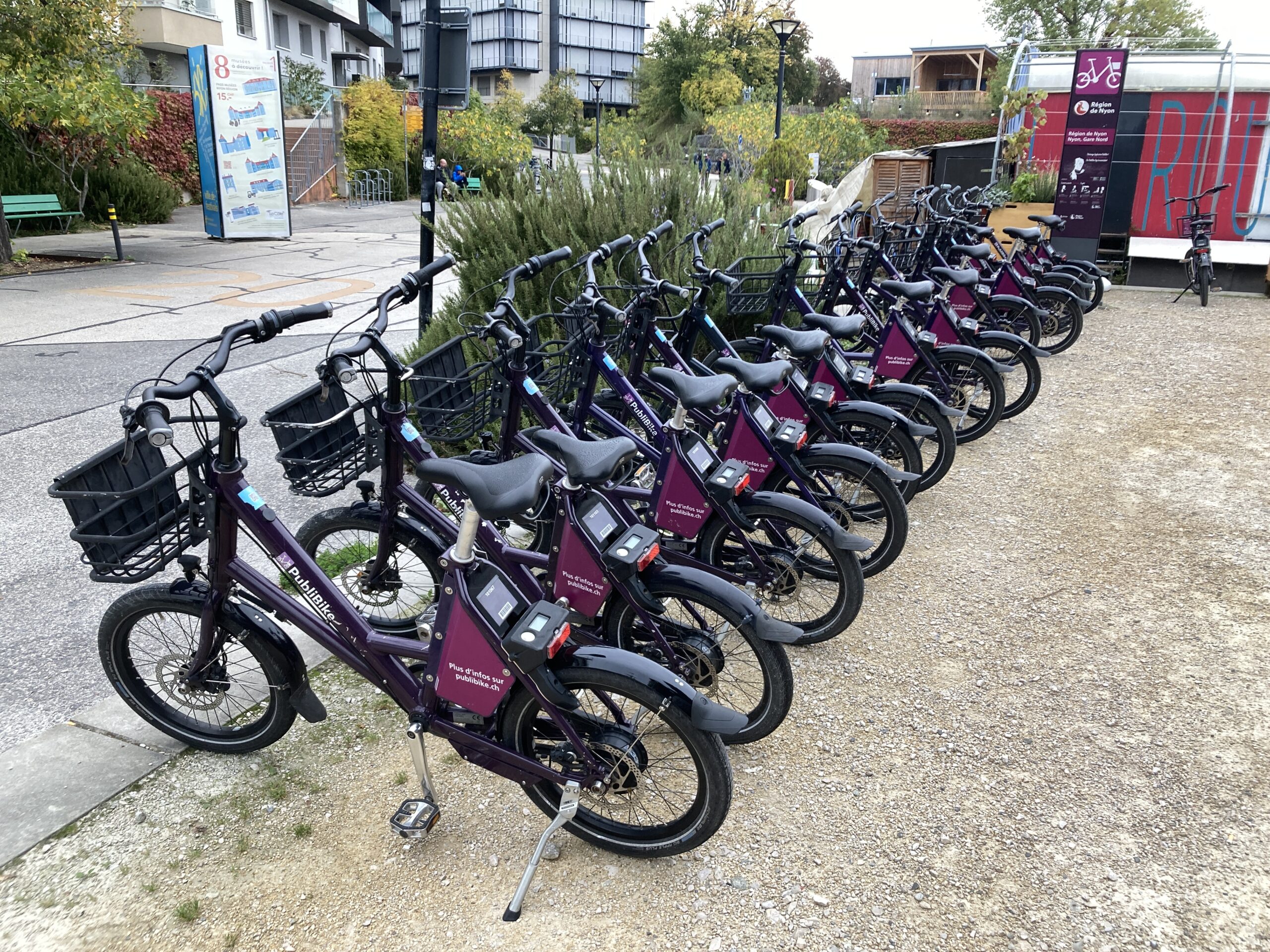
Self Driving Cars and Mobility
Reading Time: 3 minutesToday I filled in a survey with the premise "Impact of automated vehicles on walking" and it gave me an opportunity to share my views on this topic. The short version is that I’d rather see more bike sharing opportunities, and more safe routes for pedestrians between villages and towns, than self…
-
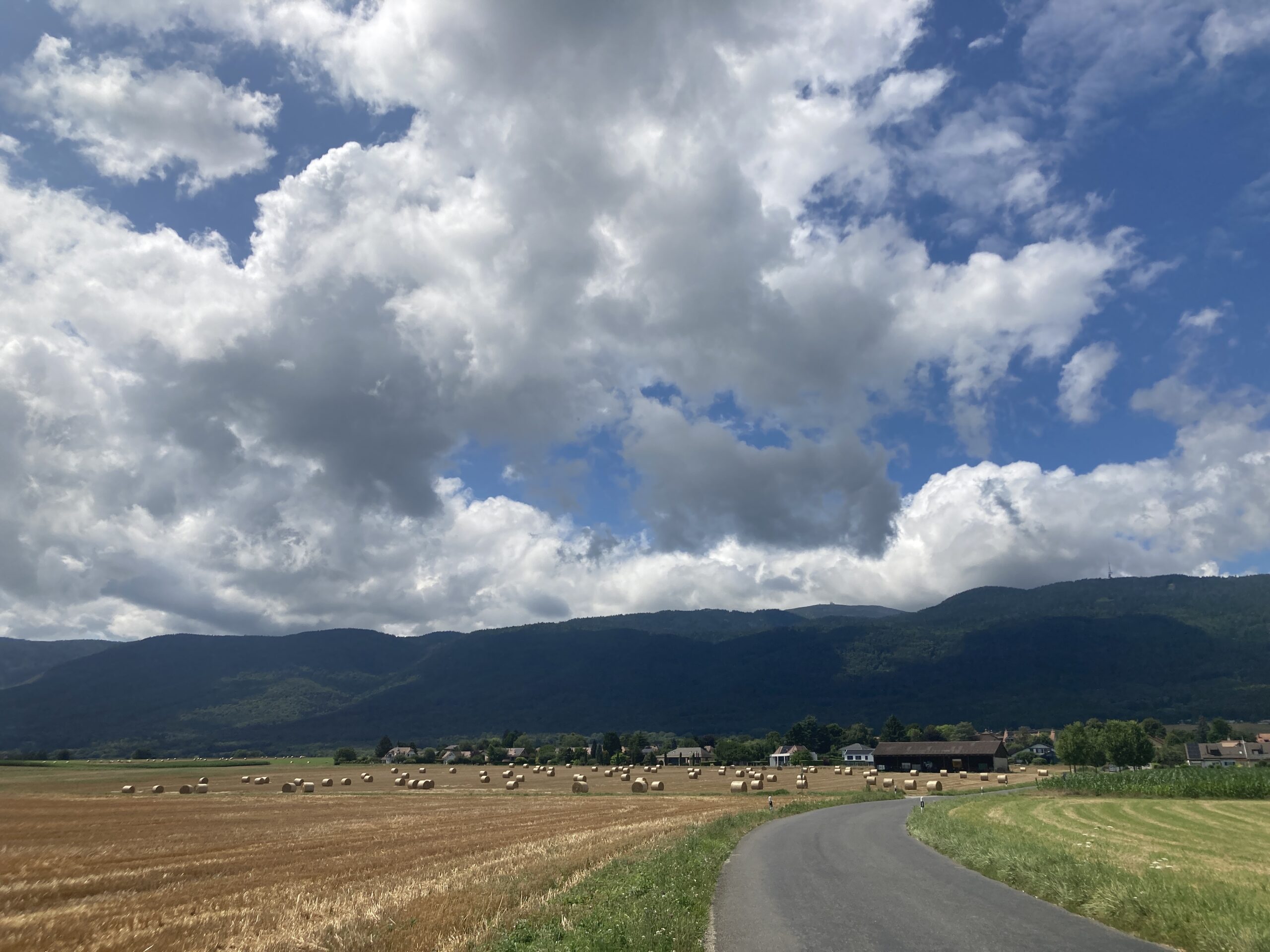
A Two and a Half Hour Walk
Reading Time: 2 minutesYesterday afternoon I was convinced that I would have a short easy walk, just to get out of the house. In reality I walked from Nyon to Bonmont and back along roads, but also farm paths. I walked this route because I decided that going for a walk would keep me cooler…
